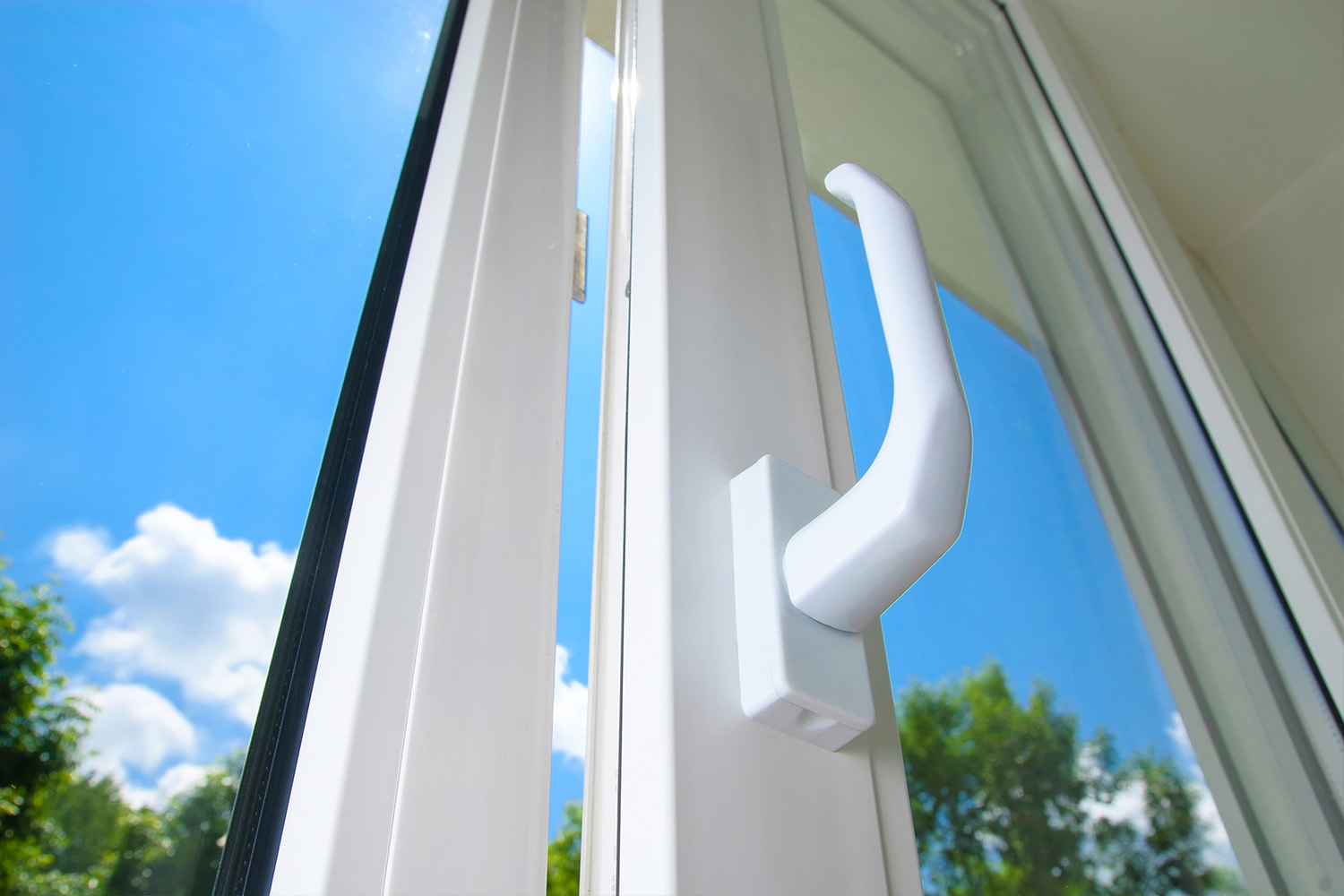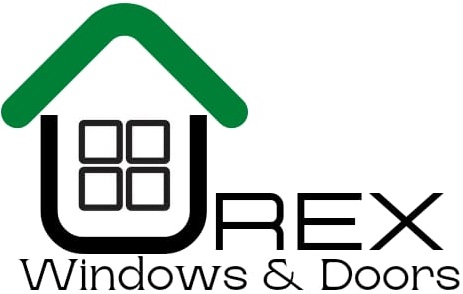
Low-E 240 vs. Low-E 366 Window Glass: Which Is Right for Your Home?
Windows are one of the most important elements of any home, providing natural light, views of the outside, and contributing to the overall aesthetic. However, they can also be a major source of energy loss. That’s where Low-E (low-emissivity) window glass comes in, offering a solution that enhances both energy efficiency and comfort. In this article, we’ll compare two popular types of Low-E glass: Low-E 240 and Low-E 366. Understanding their differences will help you make an informed decision for your home.
What Does Low-E Mean?
Low-E window glass is designed to minimize the amount of infrared and ultraviolet light that passes through your windows, without compromising on natural light. The «E» in Low-E stands for emissivity, which refers to the ability of a material to emit energy as thermal radiation. By applying a thin, transparent coating to the glass, Low-E windows can reflect heat back into your home during the winter and keep it out during the summer, making them an excellent choice for energy-conscious homeowners.
Low-E 240: Superior Glare Control
If reducing glare is your top priority, Low-E 240 glass is an excellent option. This specially treated glass is designed to minimize glare from the sun, making it ideal for rooms with large windows or for homes in particularly sunny locations.
Benefits of Low-E 240 Glass:
- Enhanced Glare Reduction: Low-E 240 glass is the best choice for controlling glare, regardless of the amount of sunlight entering your home.
- Year-Round Comfort: This glass helps maintain a consistent indoor temperature by blocking solar heat in the summer and keeping the interior warm in the winter.
- Clear Appearance: Unlike tinted glass, Low-E 240 does not alter the appearance of your windows. The coating is applied to clear glass, ensuring that your windows maintain their original look while improving performance. Check out our window replacement services in Calgary to see how Low-E 240 can enhance your home.
Low-E 366: The Pinnacle of Energy Efficiency
For homeowners focused on energy savings, Low-E 366 glass stands out as a top performer. This advanced glass type offers superior thermal performance, making it a popular choice for those looking to maximize energy efficiency.
Benefits of Low-E 366 Glass:
- High Solar Control: Low-E 366 provides excellent solar control while maintaining high visibility, ensuring that your home stays bright and comfortable.
- ENERGY STAR Compliant: This glass meets ENERGY STAR requirements in all climate zones when used in double-pane windows, making it a versatile choice for various environments.
- Low Solar Heat Gain Coefficient (SHGC): With a low SHGC, Low-E 366 effectively reduces the amount of heat that enters your home, lowering your cooling costs during hot months.
- UV Protection: This glass blocks 95% of the sun’s harmful ultraviolet rays, protecting your furniture and interiors from fading. Explore how Low-E 366 glass fits into our door replacement services in Calgary.
Which One Is Right for You?
Choosing between Low-E 240 and Low-E 366 ultimately depends on your specific needs and priorities. If you’re looking to reduce glare and maintain a comfortable indoor temperature year-round, Low-E 240 is the way to go. On the other hand, if energy savings and UV protection are your main concerns, Low-E 366 offers superior performance in these areas.
Consider Low-E 240 if:
- You live in a bright, sunny area and glare is a concern.
- You want to enhance comfort without compromising on natural light.
Consider Low-E 366 if:
- You’re focused on maximizing energy efficiency and reducing utility costs.
- You want the highest level of UV protection for your home’s interior.
Final Thoughts on Low-E 240 vs. Low-E 366
Both Low-E 240 and Low-E 366 glass offer valuable benefits that can enhance the comfort and efficiency of your home. The right choice for you will depend on your specific needs, whether that’s reducing glare, boosting energy savings, or protecting your interiors from UV damage. By understanding the differences between these two types of Low-E glass, you can make an informed decision that aligns with your priorities and budget.
For more information on energy-efficient windows and to explore our product options, contact UREX Windows & Doors today. Our experts will assist you in finding the perfect solution, and we’re ready to provide a custom detailed quote within 24 hours to guide your decision.

